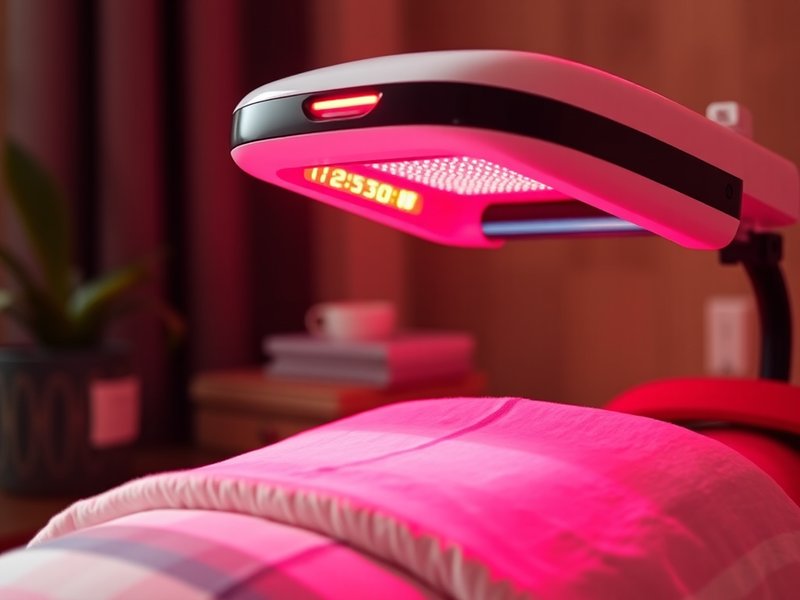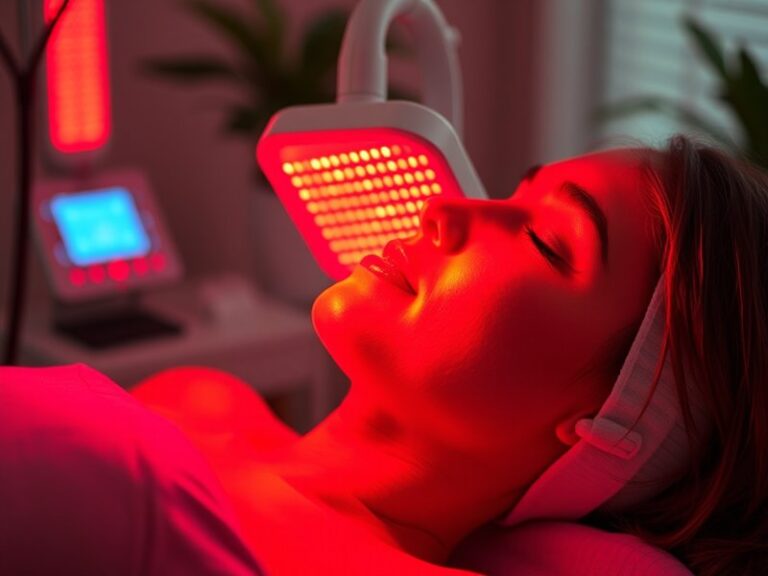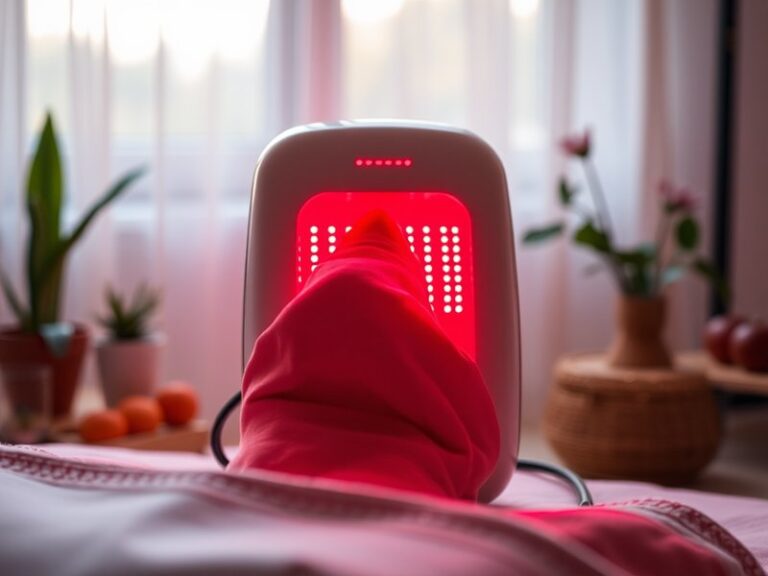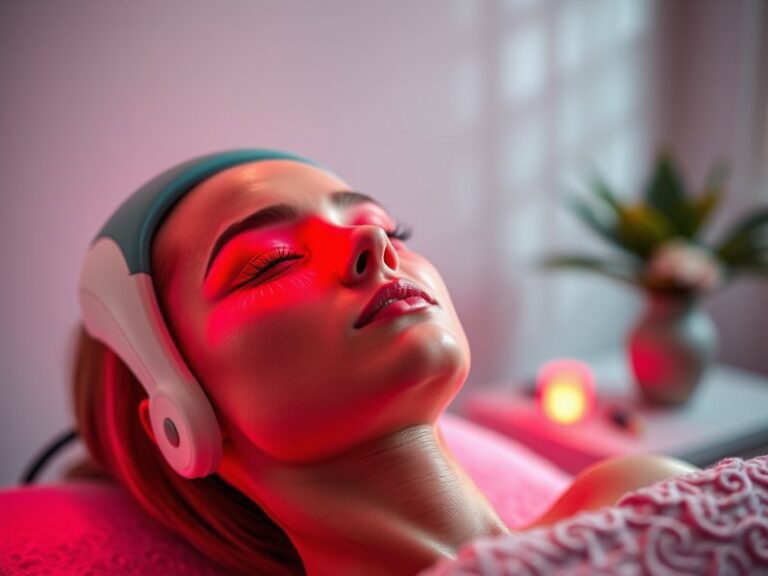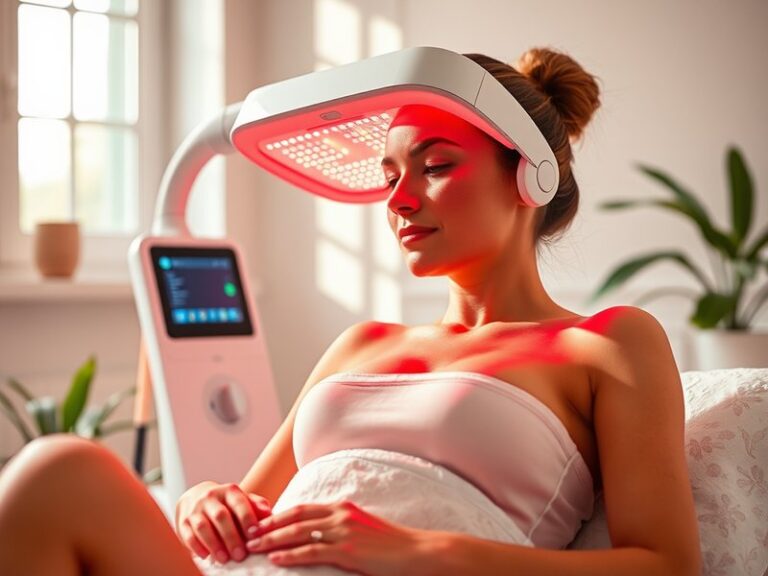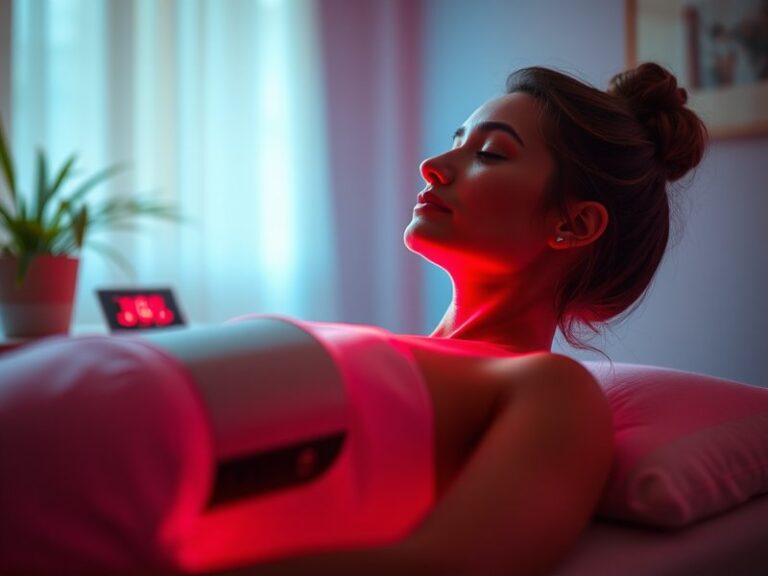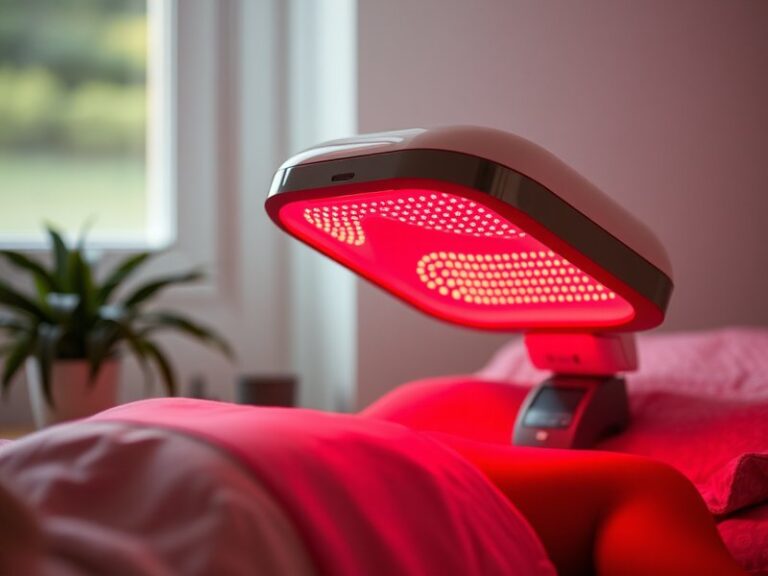Is Red Light Therapy Proven To Work?
Is Red Light Therapy Proven To Work?
Have you ever wondered if a light therapy treatment could genuinely benefit your health? As interest in alternative therapies grows, red light therapy has emerged as a popular choice for various conditions. This article explores the effectiveness of red light therapy, its benefits, considerations, alternatives, and common queries surrounding its use.
Key Takeaways
- Red light therapy has shown potential benefits for skin health, wound healing, and inflammation reduction.
- While there is a growing body of research supporting its effectiveness, more extensive studies are needed for definitive conclusions.
- Different devices, treatment protocols, and individual responses can affect outcomes.
What is Red Light Therapy?
Red light therapy (RLT) involves using low-level wavelengths of red light to promote cellular regeneration and healing. This therapy is typically administered through specialized devices, including LED lights, lasers, and even certain types of bulbs. Red light penetrates the skin and is believed to stimulate the mitochondria in cells, enhancing energy production and promoting healing processes.
Red light therapy has gained traction in multiple fields, including dermatology, physical therapy, and even sports medicine, due to its versatile and non-invasive nature. It is often used to treat skin conditions, reduce pain and inflammation, stimulate hair growth, and promote wound healing.
What are the Benefits of Red Light Therapy?
Red light therapy provides a variety of potential benefits, supporting its use across different applications. Here, we will explore some of the most prominent advantages.
Skin Health Improvement
One of the most widely recognized benefits of red light therapy is its ability to improve skin appearance. Studies suggest that it can reduce wrinkles, fine lines, and signs of aging by stimulating collagen production. This creates a more youthful and rejuvenated appearance.
Wound and Injury Healing
Red light therapy is employed in wound care and recovery from injuries. Research indicates that it may accelerate the healing process by enhancing cellular repair mechanisms and increasing circulation, providing more oxygen and nutrients to the affected area.
Read the thorough analysis “Red Light Therapy Duration?”
Reduction of Pain and Inflammation
Many patients have reported reductions in pain and inflammation after undergoing red light therapy. It is increasingly being used for conditions like arthritis, tendonitis, and muscle strains, potentially reducing the need for pain medication.
Discover our thoughts on Usage Frequency for Red Light Therapy Bed
Enhanced Muscle Recovery
Athletes often turn to red light therapy for its potential benefits in performance and recovery. By aiding in muscle repair and reducing exercise-induced soreness, RLT can help athletes regain strength and maintain their training schedules.
Mood Enhancement and Sleep Quality
Some studies suggest that red light exposure at specific wavelengths may help regulate circadian rhythms, promoting better sleep quality. Additionally, it could have mood-enhancing effects, contributing to mental well-being.
Is it Possible to Use Red Light Therapy at Home?
Many individuals find home devices for red light therapy appealing for convenience and cost-effectiveness. Home-use devices are available in various forms, such as handheld lasers and full-body LED panels. However, certain considerations must be addressed.
What are the Advantages of Home Use?
Using red light therapy at home offers several advantages:
- Convenience: Users can easily administer their sessions without needing to schedule appointments at clinics.
- Cost-effective: Over time, investing in a home device may be cheaper than regular clinic visits.
- Privacy: Performing sessions at home can provide a comfortable and private environment.
What are the Disadvantages of Home Use?
While home therapies can be effective, they come with potential drawbacks:
- Variable Quality: Not all home devices are created equal; some may not provide adequate wavelengths or intensities for therapeutic effects.
- Less Guidance: Users may miss out on professional guidance regarding treatment protocols and device usage.
- Limited Depth of Penetration: Home devices sometimes lack the power to penetrate tissues as deeply as professional-grade equipment.
What are the Things to Consider Before Using Red Light Therapy?
Before starting red light therapy, it’s essential to consider several critical factors to ensure safe and effective use.
Skin Type and Sensitivity
Individuals with specific skin conditions or sensitivities should consult with a healthcare provider before starting treatment to avoid adverse reactions.
Treatment Goals
Understanding the specific goals for using red light therapy helps determine the best device and treatment protocol. Different skin concerns or health issues may require tailored approaches.
Potential Interference with Other Treatments
It is vital to discuss with a healthcare professional how red light therapy may interact with other ongoing treatments or medications.
What are the Alternatives to Red Light Therapy?
If you are considering other options besides red light therapy, various alternative treatments may suit your needs.
Cold Laser Therapy
This treatment also utilizes light to promote healing but employs lower wavelengths. It is often used in physical therapy settings for pain relief and inflammation reduction.
Ultrasound Therapy
Ultrasound therapy uses sound waves to penetrate deep tissues, providing pain relief and inflammation control. It is frequently used in physical therapy and rehabilitation.
Microdermabrasion
This skincare treatment exfoliates the outer layer of skin to improve appearance and texture, often used for acne scars, sun damage, and signs of aging.
Conclusion: Is it Recommended to Use Red Light Therapy?
In summary, red light therapy shows great promise for various applications, including skin health, pain relief, and enhanced recovery. While many users report positive outcomes, it is essential to approach the treatment with realistic expectations and consider individual circumstances. Consulting a healthcare professional can help determine if red light therapy aligns with your health goals and conditions.
Frequently Asked Questions
Is red light therapy safe?
Yes, red light therapy is generally considered safe, with minimal side effects. However, individuals should consult with a healthcare provider if they have pre-existing conditions.
How long does it take to see results from red light therapy?
Results can vary based on individual circumstances and conditions being treated. Some may notice improvements within a few sessions, while others might require weeks of consistent use.
Do I need to wear eye protection during sessions?
While many devices do not require eye protection, it is advisable to follow the manufacturer’s guidelines and recommendations regarding eye safety during use.
Can I use red light therapy every day?
Most users can safely use red light therapy daily or multiple times a week, depending on their treatment goals. However, it’s wise to consult with a professional for guidance tailored to personal needs.
